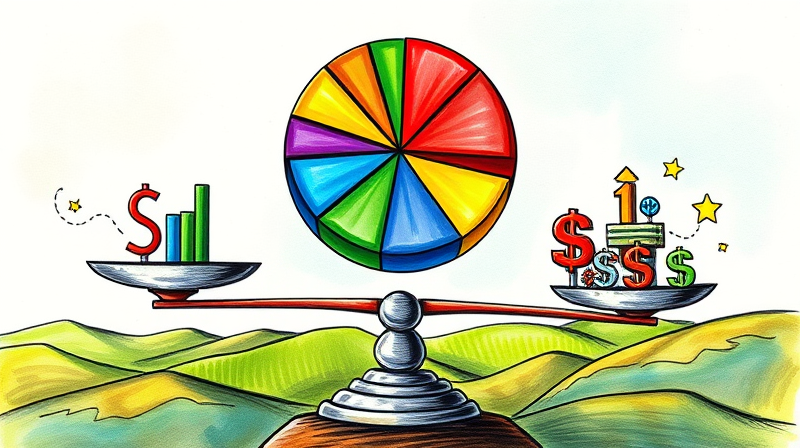
Making smart investment choices starts long before you pick individual stocks or bonds. It begins with a clear understanding of how much fluctuation and loss you can endure. Without assessing your risk tolerance, you may drift into ill-fitting strategies that provoke stress and impulsive decisions at the worst possible moments.
This guide shows you how to define and measure your risk threshold, align your portfolio accordingly, and stay on track even when markets wobble. By the end, you will be armed with practical steps and a framework to build an investment plan that feels comfortable riding out market downturns.
Risk tolerance is the degree of variability in returns you are willing to withstand. It captures both your financial capacity and your emotional willingness to accept potential losses in the short term for the possibility of greater long-term gains.
At its core, risk tolerance guides asset allocation, portfolio construction, and ultimately your chance to achieve goals without exiting at inopportune times.
Investing without a clear risk profile is like setting sail without a compass. You might chase high returns one day and panic-sell the next. Defining your risk tolerance brings several advantages:
Most investors fall into one of three broad categories based on comfort level and financial needs:
Choosing one profile over another depends on factors like time horizon and personal priorities.
No single metric defines your comfort level. Instead, evaluate a combination of factors:
Quantifying your risk profile transforms a vague feeling into an actionable plan. Consider these approaches:
1. Online questionnaires: Many platforms offer surveys that score your comfort level. They ask about timeframes, reactions to loss, and financial resources.
2. Advisor-led assessments: Financial professionals use detailed interviews and scenario simulations to clarify your boundaries.
3. Historical simulations: Reviewing past market drops—like the 2008 crash—and imagining your response can provide insight into your true tolerance.
Once you know your risk category, craft a portfolio that reflects it. Use these practical steps:
Stay mindful of fees, tax implications, and any external income sources like pensions or property that further cushion your portfolio.
Failing to define and respect your risk tolerance can have serious consequences:
If you take on too much risk, you might panic during downturns and exit at the worst possible time, locking in losses. Conversely, being overly cautious may cause you to miss out on returns needed to outpace inflation and reach long-term goals.
Life is dynamic, and so is your capacity for risk. Revisit your profile when you experience:
• Major life events (marriage, childbirth, career changes)
• Significant market shifts or economic crises
• Changes in income, wealth, or retirement status
Regular check-ins—at least once a year—ensure your investment approach remains aligned with your evolving circumstances.
Defining your risk tolerance is the foundation of a resilient investment strategy. It turns abstract fears into measurable guidelines, preventing costly emotional reactions and helping you stay committed through ups and downs.
Remember, there is no universal “right” level of risk. Your threshold is uniquely yours and may shift as your life and objectives change. By periodically assessing and adjusting your approach, you can build a portfolio that supports your goals, align your portfolio with goals, and gives you the confidence to pursue financial growth without sleepless nights.
References













